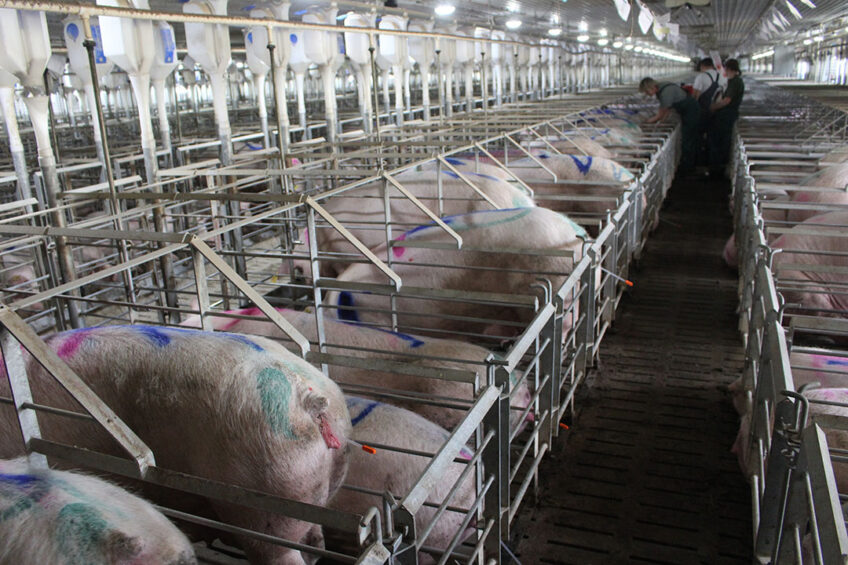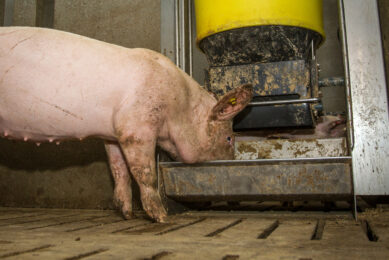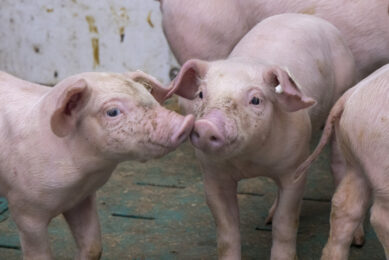Russia’s pig production in 2021: Diseases and drought

A cocktail of factors has hit the Russian pork production in 2021, causing a drop in pork production in Central Russia after several decades of consistent growth.
That message was shared by Yuri Kovalev, general director of the Russian Union of Pork Producers, in an interview with local agricultural magazine Agroinvestor.
“From the point of view of additional supply, problems have emerged [on the Russian market],” Kovalev said, adding that the biggest factor was African Swine Fever (ASF), claiming lives of 700,000 pigs in Tver, Pskov, Tambov, Pskov and Voronezh regions in late 2020 and early 2021. The intensified ASF epidemic entailed long-term consequences for pork production in Russia, Kovalev said.
PRRS gains momentum
Kovalev added, “Besides, there is a complex of problems with the Porcine Reproductive and Respiratory Syndrome (PRRS) accumulated over the years, which is primarily registered in the Central Federal District. Many companies have decided to depopulate their herds in order to renew their stock.” Currently, no official information about the PRRS spread is available in Russia.
Pork production grows slower
All in all, pork production in the Central Federal District appeared to be lower in 2021 compared to the previous year. In May, the production performance lagged behind last year’s level by 2%, in June even by 4%.
On the other hand, new pig farms built in Russia, including Siberia and the Far East, added 135,000 tonnes of pork on the market, Kovalev said. The tough epizootic situation cost Russian pig farmers 90,000 tonnes, which means that, Russian overall pork production in 2021 increased by 45,000 tonnes over the previous year, Kovalev estimated.
The production growth is slowing down against the background of rising demand. As explained by Kovalev, this summer, the demand for pork in Russia is estimated to be higher than usual because due to coronavirus-related travel restrictions, most tourists who usually visit other countries during this time of the year had to stay home or visit Russian resorts.
Lower pork production: Heatwave is to blame
To some extent, the production is also impacted by the abnormal heatwave in Central Russia during July and August. Kovalev said: “The growth dynamics have been constrained by the hot weather, which causes pigs to eat less and gain weight slower.”
The heatwave and drought in some Russian regions was an additional factor contributing to a rise in production costs in 2021. Kovalev estimated that the cost jumped by as much as 25% to 30% during the past 12 months.











